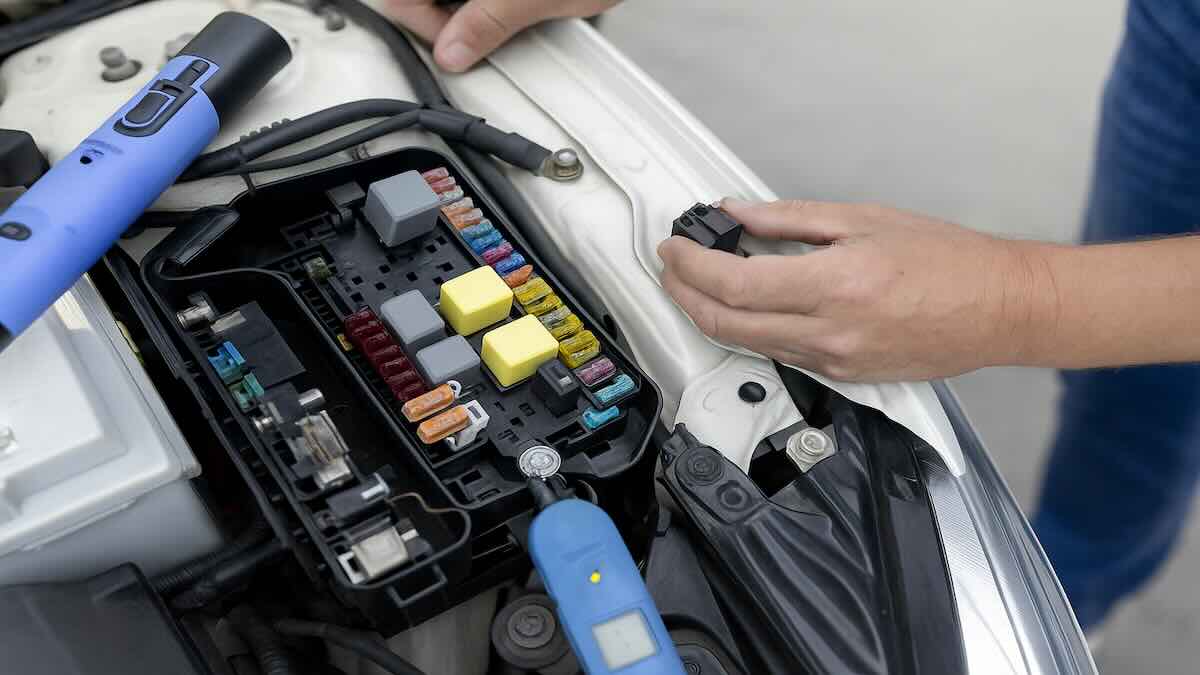The first glimpse under the skin unsettles certainties. Cost is not an accident here; it is engineered into every joint, bracket, and harness. A recent teardown exposed how a Chinese electric car reaches strong performance while cutting expense, and why rivals felt alarmed. Design choices break habits that once seemed fixed, then link smart manufacturing with careful quality control. The lesson lands quickly, and then keeps unfolding with each removed panel.
Why a Chinese electric car teardown rattled the industry
Japanese parts makers watched a disassembly showcase and noted how conventions were being challenged. The exhibit showed decisions that reduce steps, cut tooling, and speed assembly while keeping safety in view. That mix of ambition and pragmatism shook assumptions across supply chains. Engineers saw fewer barriers between design and factory floors, and that raised questions about legacy costs. A single platform supported both affordability and credible performance, which explains the surprise. Processes were tidy, and inspection paths felt short yet decisive. The reaction spread, because the message traveled fast through purchasing teams and R&D groups. People realized that price leadership came from method, not mystery, and that startled many observers.
Inside the teardown: tools, methods, and what the team looked for
A skilled team performed the strip-down in a modern lab with the latest measurement gear. Specialists removed body panels, then opened the battery pack and motor systems with protected fixtures. Those safeguards mattered, because high-voltage work demands proper handling at every step. The team mapped wiring, cooling, fasteners, and mounting points, then logged part counts. Objectives focused on the battery, range, build quality, and safety, so nothing was left vague. Notes captured choices that improved serviceability while limiting waste. The investigators also tracked software and interface elements, because user experience still shapes value. Their records now show why a Chinese electric car can be built, tested, and shipped with fewer frictions.
Battery, range, and safety: what the parts really show
The battery pack delivered more than 300 miles on a charge, which sets a clear benchmark. Thermal management guarded cells against heat, and crash protection shaped the enclosure and pathways. These protections suggest careful trade-offs that still keep weight under control. Range figures connect to that discipline, and the teardown linked results to packaging details. Safety systems appeared layered, so failure in one area met checks elsewhere, which improves trust. Inspectors also noted cooling circuits that routed cleanly, which simplifies assembly and maintenance. The approach stayed consistent across modules, and that made diagnostics easier. In simple terms, a Chinese electric car here balances range, safety, and cost with uncommon coherence.
Materials, manufacturing, and how it compares to the West
Build quality looked solid, with a stiff body and a neat interior fit. Lightweight aluminum mixed with high-strength steel, which helps efficiency without cutting durability. Automation covered key stations, then quality checks tightened tolerances where it mattered. That sequence keeps throughput high while catching issues earlier, which prevents expensive rework. Compared with American and European norms, the methods held their own, sometimes matching leaders. The analysis even said standards met Tesla-level expectations in core hardware areas. Software and the user interface left room to improve, which the team flagged honestly. Even with that caveat, a Chinese electric car built like this turns cost control into a daily practice.
What a Chinese electric car tells us about the road ahead
The findings show an industry moving quickly, because design and factory learn together. That loop speeds improvement while lowering unit costs, which pressures global pricing. Progress in batteries, structure, and production looks steady, and that momentum shifts influence outward. As markets evolve, that forward push will shape how rivals plan platforms and supplier deals. Firms everywhere will monitor these trends, since they touch strategy, sourcing, and regulation. The message for buyers is simpler, and it comes through clearly. Value rises when engineering and manufacturing align this well. With that alignment in place, the gap widens, and competitors must rethink how they chase efficiency.
Why this moment matters for long-term choices and next designs
The teardown points to big steps, and it signals where leadership may consolidate next. Analysts framed China as ready to set the pace in electric mobility, and the logic holds. People across the car business should watch closely, because the market keeps gaining strength. New designs will flow from these methods, and then reach showrooms with fewer delays. That pattern affects suppliers who must adapt tools, training, and logistics. It also affects planners who budget for platforms across many regions. Attention now turns to timelines, because cadence defines advantage. Without similar discipline, rivals risk paying more for less, and that shortfall compounds quickly.
A smarter takeaway for leaders who must act, not wait
The industry now sees how discipline around design, safety, and manufacturing turns into price power. Teams that learn from this teardown will spend better, ship sooner, and adjust faster when conditions change. Others will chase with higher costs, slower loops, and weaker margins. Those outcomes are not random; they follow from choices made early, then checked often. With pressure rising, leadership demands clarity and courage rather than slogans. The window to match this pace is open, yet not forever. The point is simple, and it stays with you after the last bolt: a Chinese electric car now teaches the class.
